Rathaus Tempelhof
Who actually decides for Tempelhof? The city hall was built in the time of National Socialism. This also influenced the architecture: originally there is no boardroom for democratic participation! It’s different today – but what does the Tempelhof city hall actually accommodate now?
“Discuss and find majorities”
Your voice counts – and you can make things happen!
Leia and Carlo from the Children and Youth Parliament (CJP) Tempelhof-Schöneberg explain how the CJP influences politics and what the process from the idea to the implementation of an application looks like.
Audio transcription
Here you will find the podcasts audio transcription >>
Hey, Leia and Carlo here from the Tempelhof-Schöneberg Youth Parliament.
You might be wondering why it’s us you’re hearing from right here. That’s because politics in the district of Tempelhof-Schöneberg is not only for adults but also for kids and young people – and it’s been that way for over 17 years now. What exactly does that mean? We’d like to tell you in the next few minutes.
The KJP – which stands for Children’s and Youth Parliament – in the district of Tempelhof-Schöneberg is for everyone aged 6 to 21. Members are elected from the district’s schools, recreational organisations and youth leagues. They hold office for one school year, and have the chance to contribute ideas, suggestions and wishes to the district government. And how does that work?
By drawing up motions, debating them, and winning a majority of votes at the Youth Parliament. When and where do we do that?
The Youth Parliament has regional committees, or “RAGs” which is the German abbreviation. There are three of them: in Schöneberg/Friedenau, Tempelhof/Mariendorf and Lichtenrade/Marienfelde. These regional committees meet every three weeks. When we meet, we don’t just write motions. We tour different neighbourhoods and we visit the Berlin state assembly and the German federal parliament. We also launch projects, one example being our “dialogue post boxes”.
Check out our website to see how the “dialogue post boxes” work, and now let’s get back to the regional committees at the Youth Parliament.
These committees have another important function. The first time they meet, they elect the members of the Youth Parliament board. Each committee can send three kids or young people to the board. And what exactly does the board do?
The board of the Youth Parliament has representative and organizational jobs. It attends events and discussions where it presents the opinions and perspectives of kids and young people and makes their voices heard. The board also has a seat on the youth welfare committee of the Tempelhof-Schöneberg district assembly, where it reports on the Youth Parliament’s work. In addition, the board meets with members of other youth parliaments and participation committees – from Berlin, other places in Germany and other countries.
Some of the board’s most important jobs are to help plan and conduct the Youth Parliament’s plenary sessions, and to prepare and host meetings of the regional committees.
The members of the board, and of the parliament itself, are supported by a staff member from the Tempelhof-Schöneberg youth welfare office and two volunteers.
That gives you an idea of the parliament and its members and committees. Now we’d like to tell you what exactly happens when we present a motion at the Youth Parliament.
Motions are submitted before the parliament’s plenary session in March. At the session, they’re discussed by all the youth MPs and voted on. If they receive a majority of votes, they’re sent to the Tempelhof-Schöneberg district parliament, or BVV. The district parliament holds an initial vote on them and then sends them to the relevant committees. Youth MPs are invited to attend these committee meetings on their topic.
Let’s say I’m the author of a motion to put a crosswalk on the road in front of my school. I could then be invited to a session of the road and traffic committee at the district parliament. What would that look like?
When I’m invited to the committee at the district parliament responsible for my motion, I present it to the members, answer their questions, and am there for the discussion and the resolution they end up recommending. And then what happens?
The resolution recommended by that district committee is then discussed by the full district parliament and voted on. If my motion passes, it is sent to the district administration to be acted on.
Is that all we do? No, there’s more!
In addition to our regular activities, we often do projects. We form groups for these projects, and anyone from the Youth Parliament can be involved, whether they’re board members or not. We have two projects going on right now: our “dialogue post box” and our “pupils’ rights poster”.
The group behind the “pupils’ rights poster” wants to draw attention to this topic and make pupils more aware of their rights. They’re developing a poster with 11 important rights, which can be hung in classrooms in Berlin. We from the Youth Parliament hope this project will make everyday school life fairer and more enjoyable.
We do lots of other things too! To find out, take a look at our website.
If this podcast speaks to you and you’d like help shape policy in our district, visit our website at: www.berlin.de/kjp-ts/, or find us on Instagram at: @kjpts.
We look forward to hearing from you!
A place for the people?
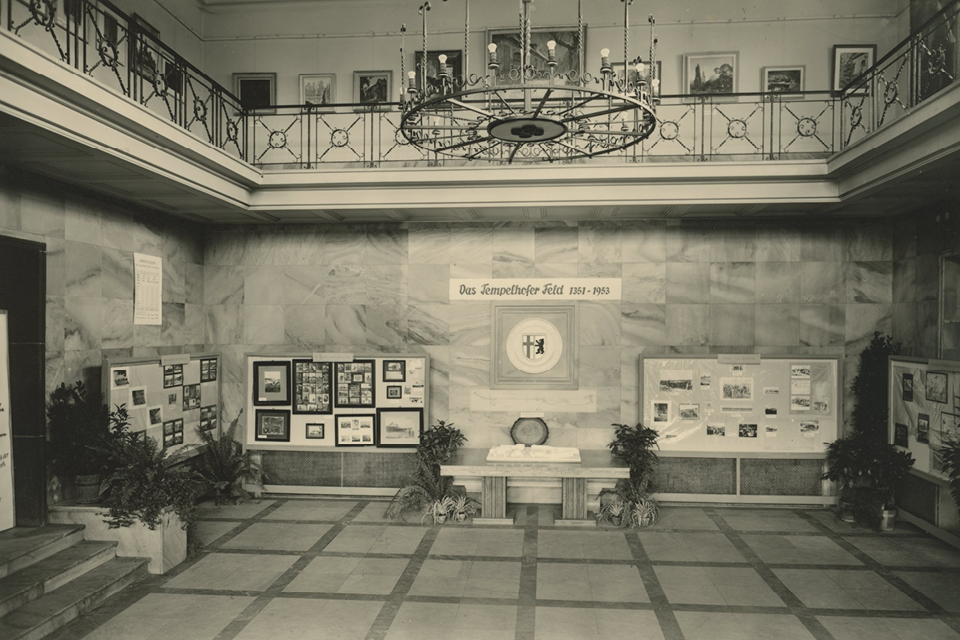

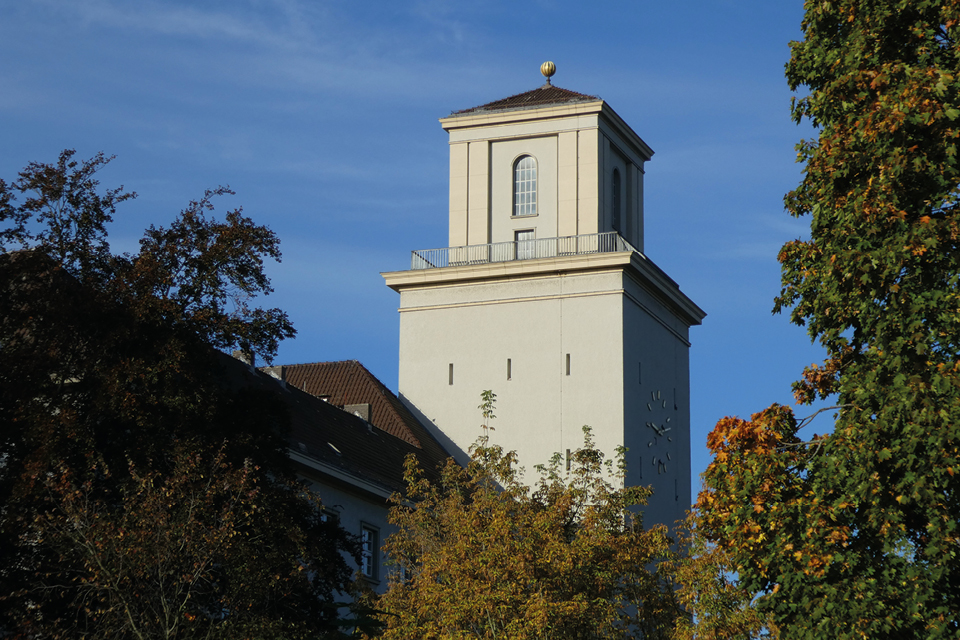
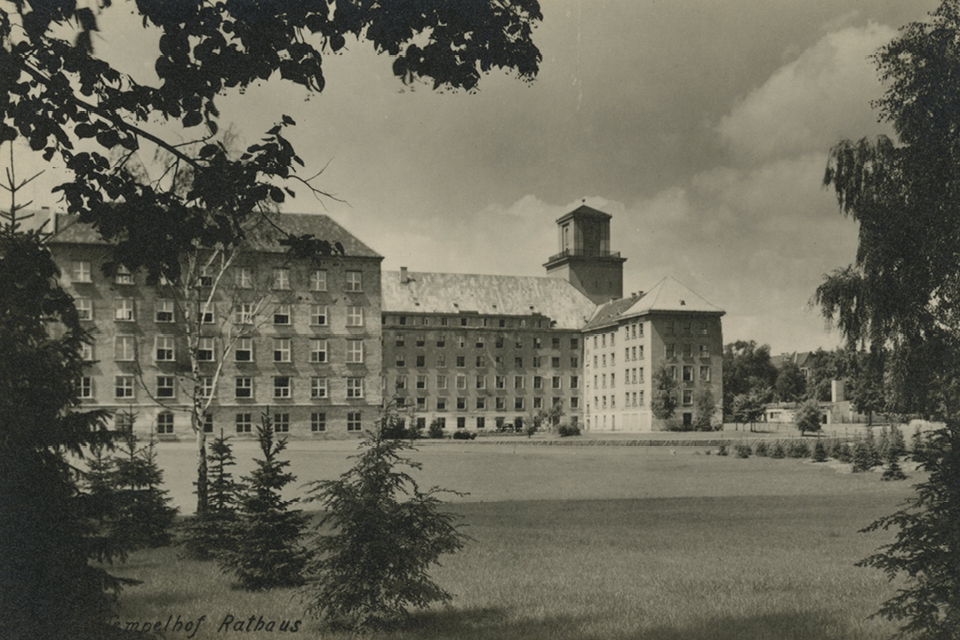
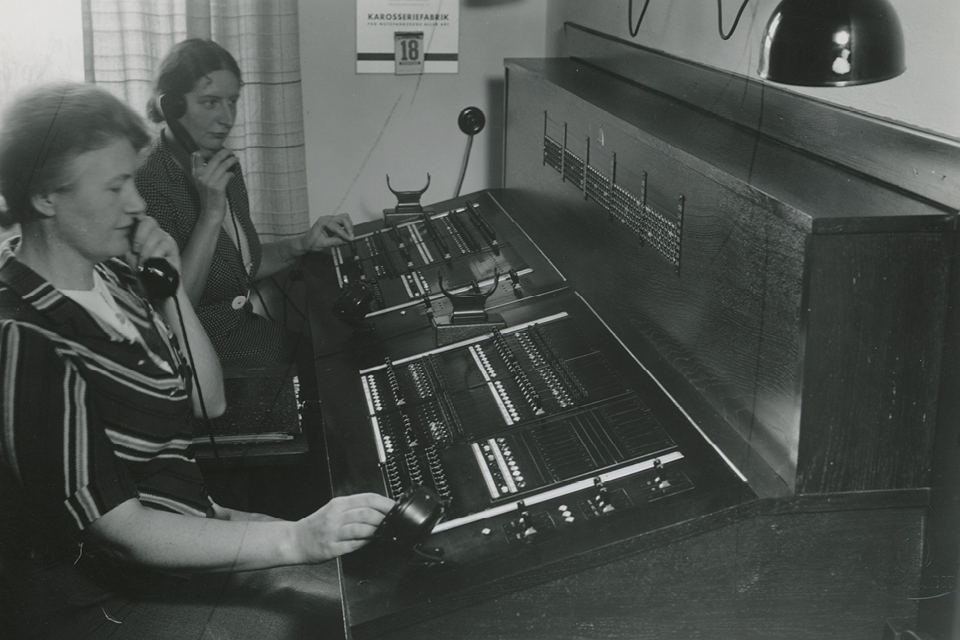
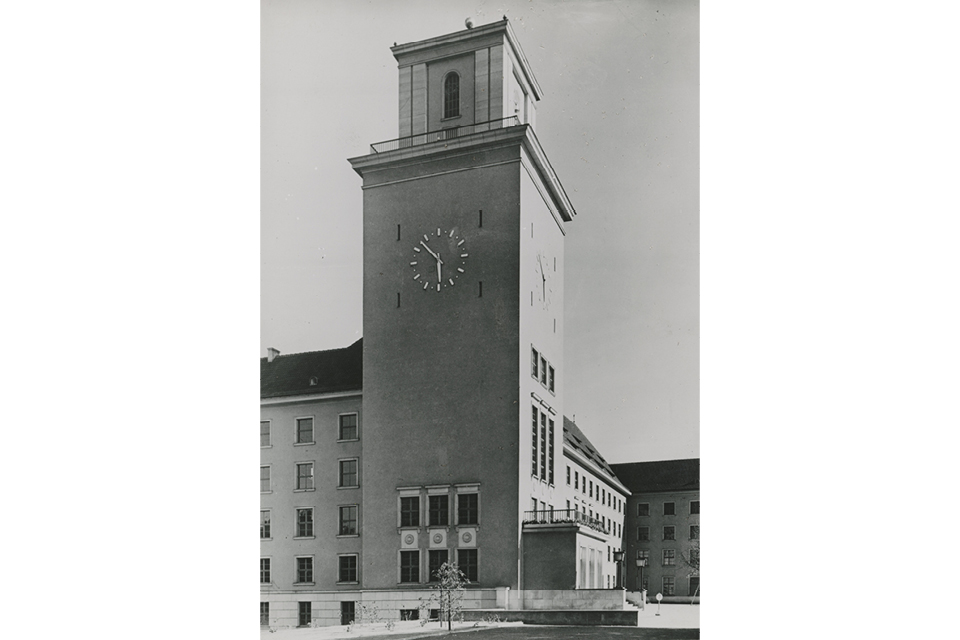
The centre of Tempelhof
The Tempelhof municipal planning office originally proposed building a town hall at today’s site in 1914. But construction was delayed by the first world war. When Greater Berlin was formed in 1920, Tempelhof became the city’s 13th district – without its own town hall. A town hall designed by Helmut Delius was built in 1936-38. The previous 1914 design by architect Fritz Bräuning had been neoclassical in style. But Bräuning lost his job for political reasons. The design by Delius was in the New Objectivity style. The only classical elements are in its square tower. At 41 metres high, the building marks Tempelhof’s centre. The height was limited because anything more would have endangered planes using Tempelhof airport. The building’s interior has a hall of fame with a gallery running completely around its square base. The first floor above ground has a collection of portraits of all the mayors of Tempelhof.
During the dictatorship
Town halls are centres of municipal society and policy. They are places of democratic debate. Laws, resolutions and statutes are discussed and planned here. Town halls usually have a plenary hall for this purpose. That is where their elected representatives hold debates. Tempelhof’s town hall was initially built without a plenary hall. This sent a clear sign under the Nazi dictatorship ‒ people can not and should not help shape public policy. The interior of the town hall also reflected the ideology and world view of National Socialism. These elements were removed after the second world war. The first concentration camps built under the Nazis were located in Tempelhof. One was in the Columbia building, another in the Birkenwäldchen SA tavern, and another in the barracks in General-Pape-Straße. In the Tempelhof district election of 12 March 1933, the Nazi party received the highest percentage of votes. It is unclear how many of Tempelhof’s Jewish residents in 1933 survived the Nazi terror, emigrated, or were murdered. Some resistance movements were founded in the district. Some had socialist or communist backgrounds, others were influenced by the Protestant or Catholic churches.
District hub
The town hall did not have a plenary hall until 1969. Architect Willy Kreuer designed it in the form of a single-story extension on concrete columns. The gallery was especially well known in the 1970-90s. Works by Berlin artists were displayed here, and cultural and historical exhibitions were held. Exhibitions on local topics like regional history had previously been held in the town hall and tower. The district’s library, which had been in the town hall since its construction in 1938, was renovated in 1970. In the late 1970s it was moved to its own building with space for its approximately 20,000 volumes. Tempelhof and Schöneberg became one district in 2001. The district assembly now meets in Schöneberg. The Tempelhof town hall has offices for citizens’ affairs, public order, welfare and other departments. Part of the design for Tempelhof’s new centre includes a modern extension to the town hall. It will provide space for more administrative offices with new and modern work stations.

